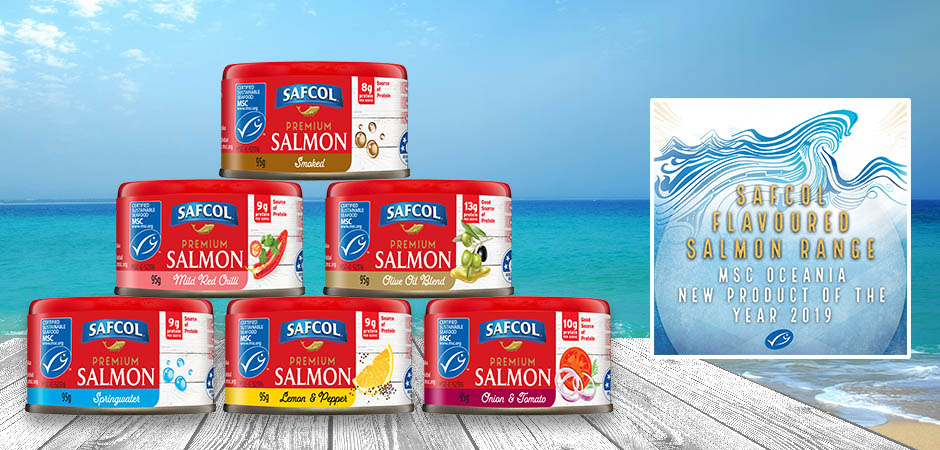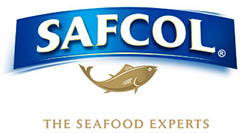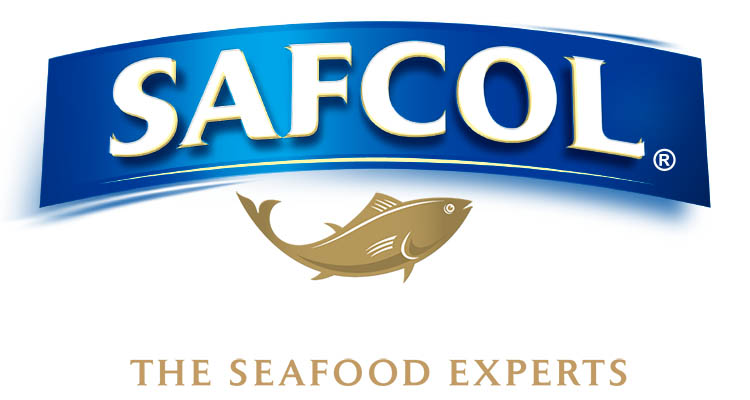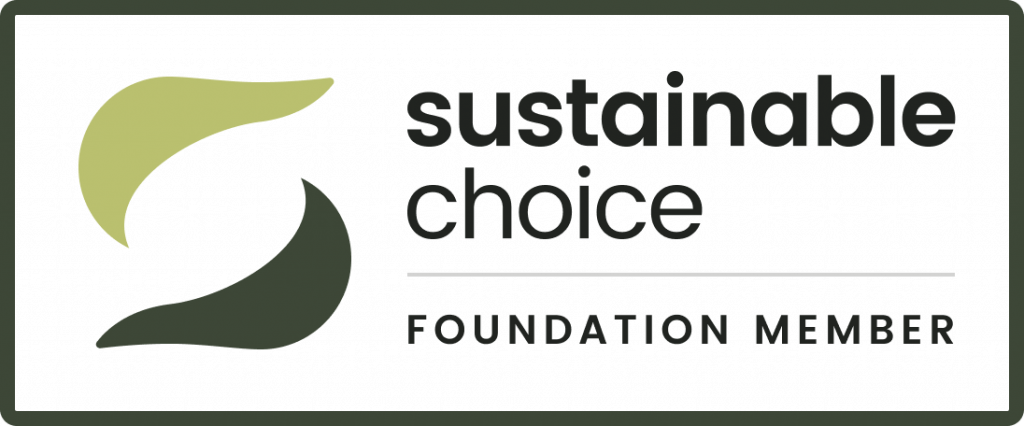Use by and best before dates
Source: Food Standards Australia New Zealand
We get lots of questions about use by and best before dates and why there isn’t a date on our pouches.
Fresh produce and packaged foods are marked with one of two dates: a use-by date or a best-before date. Confusion between the dates and their meanings is one of the reasons why many people throw food out too early or without needing to. So, the next time you’re staring into the fridge or pantry and wondering, ‘Is it safe to eat?’, this will help answer the question.
Date marks give a guide to how long food can be kept before it begins to deteriorate or may become unsafe to eat.
The two types of date marking are use by dates and best before dates. The food supplier is responsible for placing a use by or best before date on food.
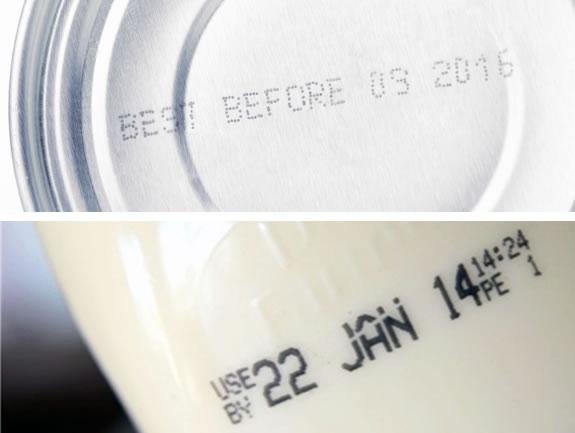
Use by dates
Foods that must be eaten before a certain time for health or safety reasons should be marked with a use by date.
Foods should not be eaten after the use by date and can’t legally be sold after this date because they may pose a health or safety risk.
This is the date mark to keep an eye on. A use-by date signifies when food must be consumed by for health and safety reasons. It is marked on highly perishable foods, such as ready-made meals, and items that are classified as high risk upon expiration. Always stick to any use-by date, as expired foods may cause harm or illness, including food poisoning if eaten. Foods beyond their use-by dates should not be cooked, frozen or consumed and should be thrown away.
Best before dates
Most foods have a best before date. You can still eat foods for a while after the best before date as they should be safe but they may have lost some quality. Foods that have a best before date can legally be sold after that date provided the food is fit for human consumption.
The only food that can have a different date mark on it is bread, which can be labelled with a baked on or baked for date if its shelf life is less than seven days.
A best-before date is used to indicate quality rather than safety. It calls out the period up until food is at the end of its peak quality. Best-before dates are found on food items such as fruits and vegetables, dried pasta, rice, tinned and canned foods. It is not unsafe to eat food past its best-before date; you may simply notice that some of its quality, flavour or texture has been lost.
Foods that have a shelf life of two years or longer, e.g. some canned foods, do not need to be labelled with a best before date. This is because it is difficult to give the consumer an accurate guide as to how long these foods will keep, as they may retain their quality for many years and are likely to be consumed well before they spoil.
If specific storage conditions are required in order for a product to keep until its best before or use by date, suppliers must include this information on the label, e.g. ‘This yoghurt should be kept refrigerated’.
You should also follow any directions for use or cooking instructions that the supplier has put on the label.
Why are there no markings on Safcol vacuum-sealed packs?
Foods that have a shelf life of two years or longer, e.g. some canned foods, do not need to be labelled with a best before date.
If you think about it, military food is packed similar to this and lasts well over 2 years. By Australian Food standards, foods packaged like this don’t need an expiry date due to them being vacuum-sealed and cooked in the pouch.
More information at Food Standards Australia New Zealand.
